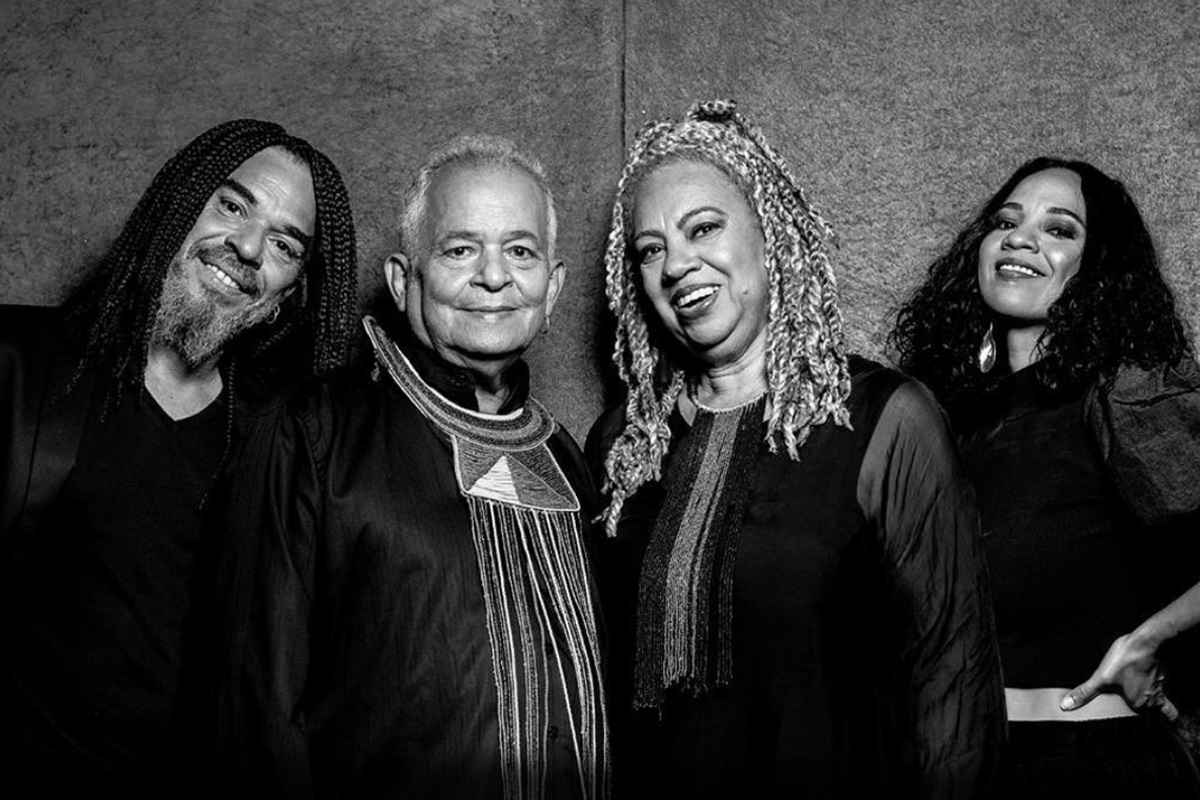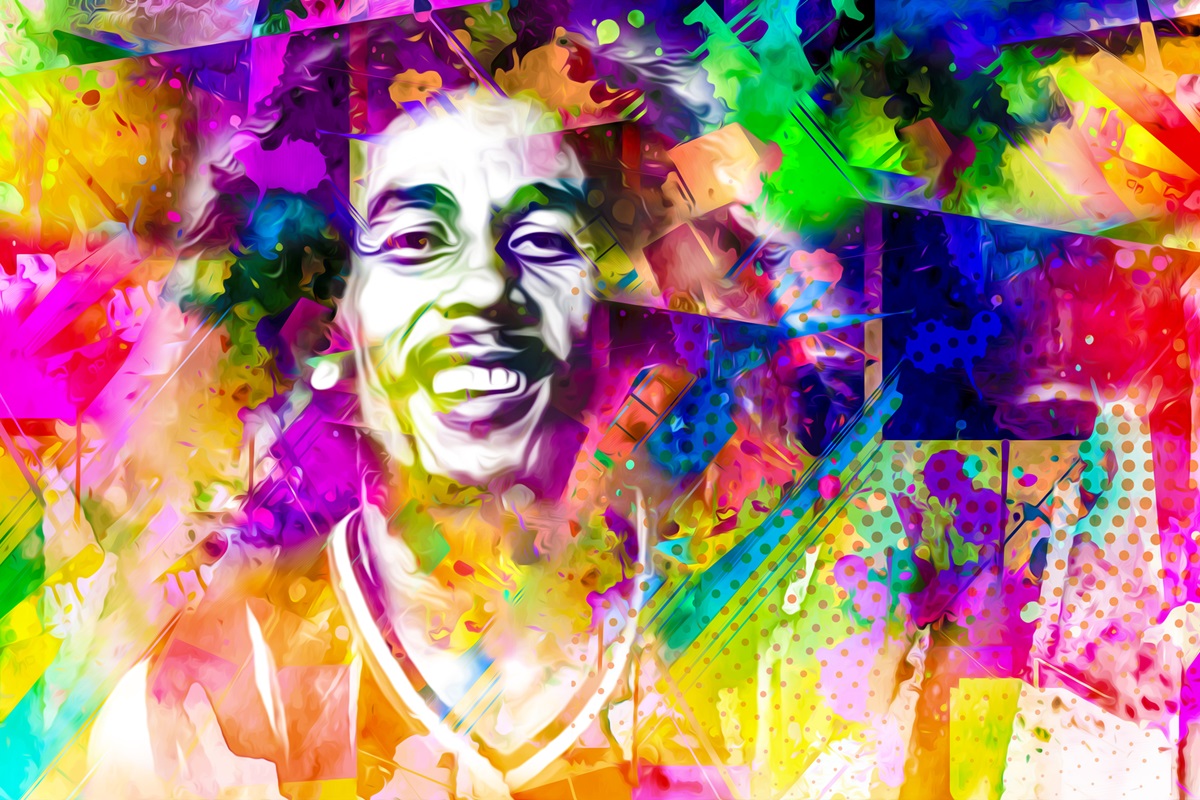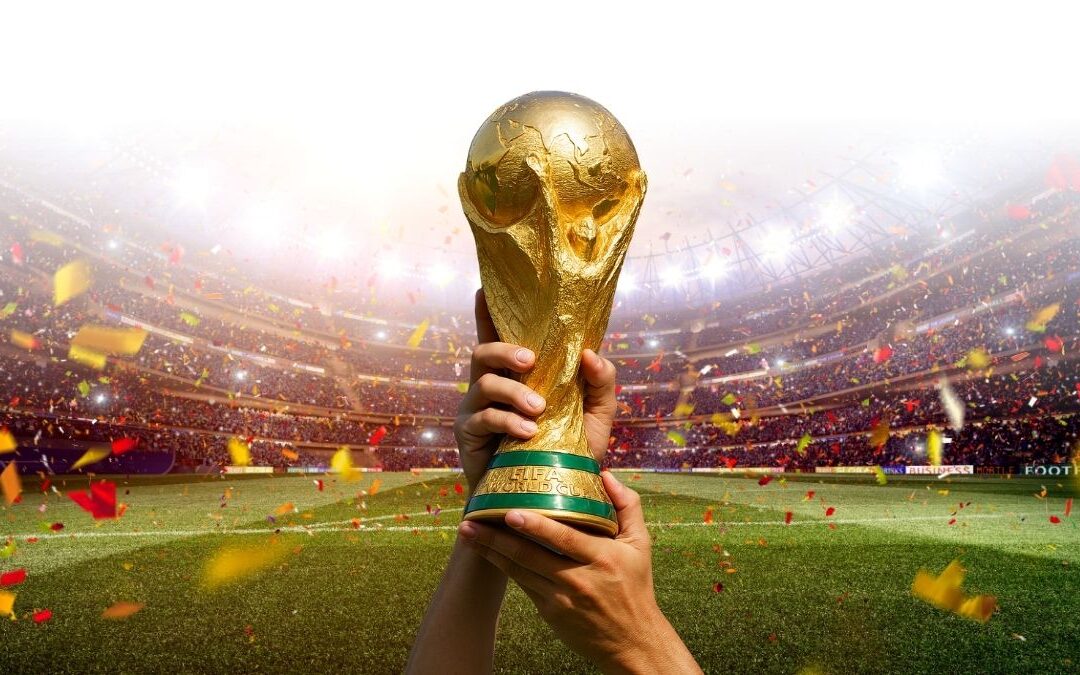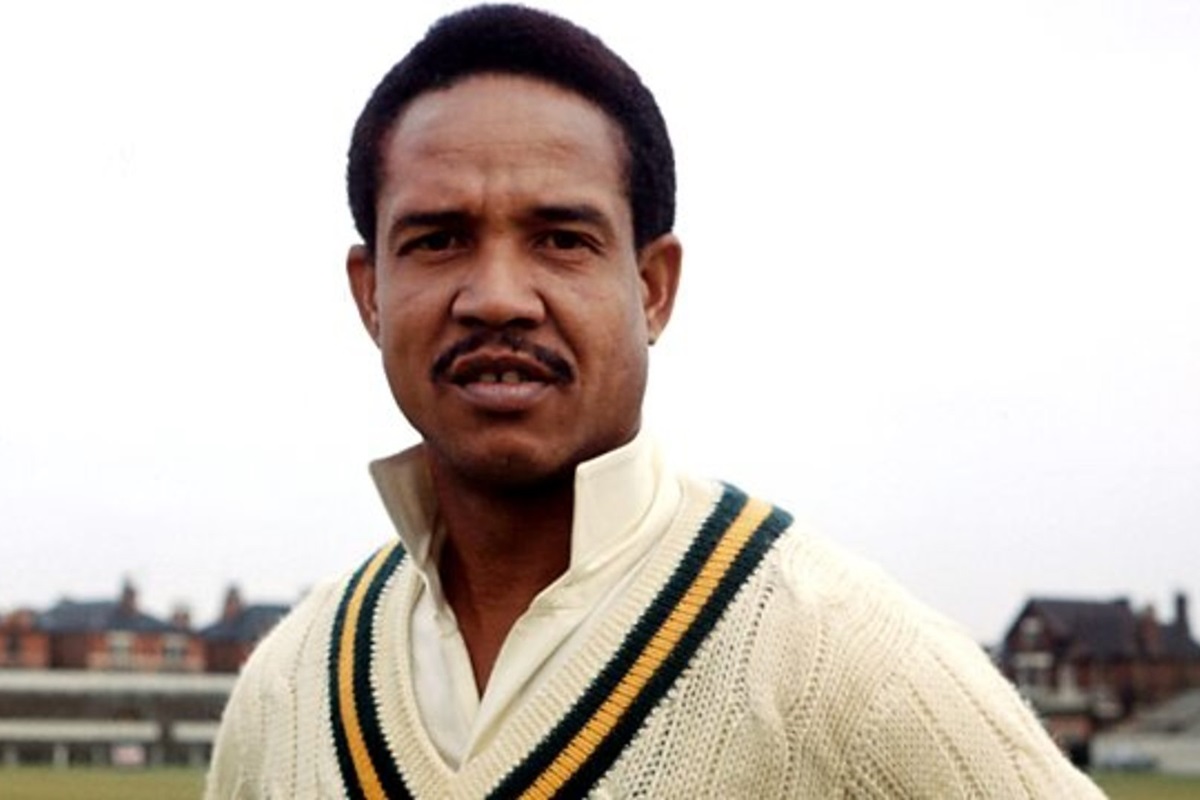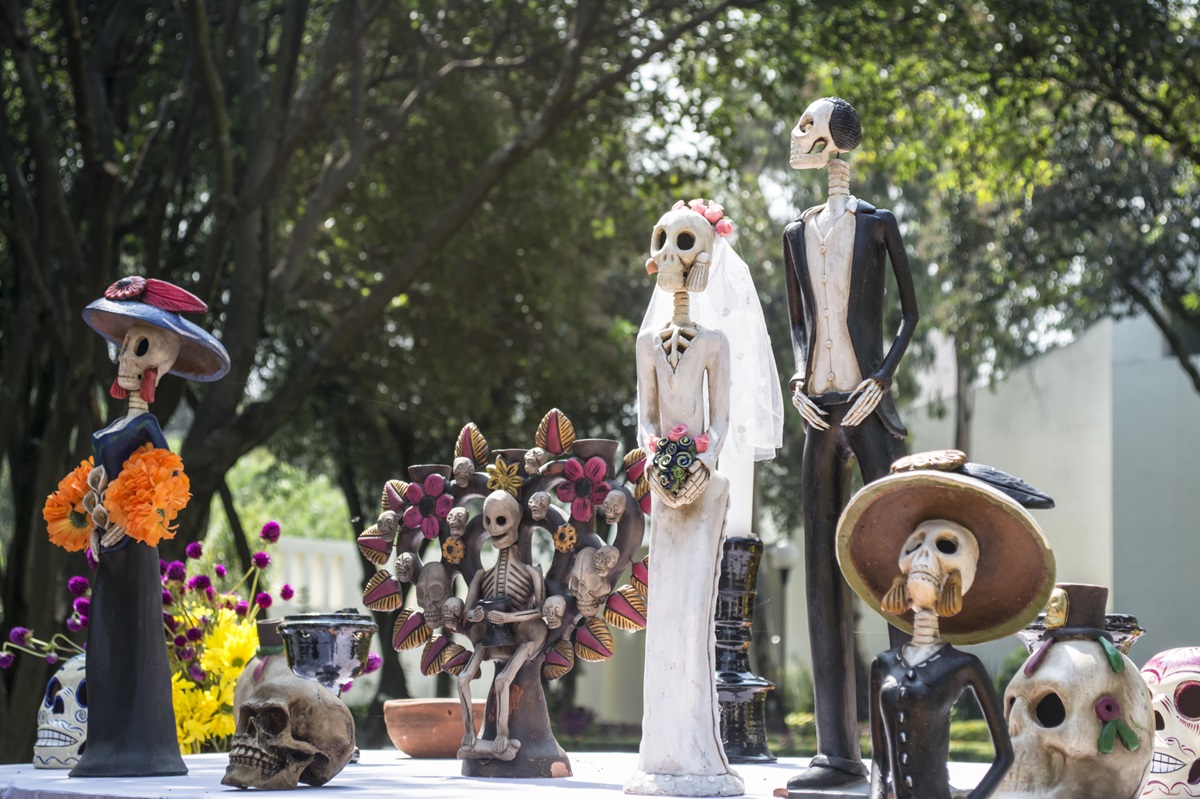The 2026 FIFA World Cup, hosted across the United States, Mexico, and Canada, promises to be a historic spectacle. With 48 teams and 104 matches, it will be the largest tournament in FIFA history. Yet beyond the unprecedented scale, it’s the galaxy of soccer stars that will ignite passion among fans and drive a massive economic surge across North America. From Lionel Messi’s potential swan song to Kylian Mbappé’s prime-time brilliance, these players will shape not only the game but the cultural and financial pulse of the host nations.

Legends on the Twilight Stage
The 2026 World Cup may mark the final chapter for some of soccer´s greatest icons, drawing millions eager to witness history in the making. Their presence will amplify the tournament’s prestige, dramatically boosting ticket sales, merchandise, and tourism across the three host countries.
Related content: World Cup 2026 Action Mixup!
Lionel Messi: The Maestro’s Last Dance
Lionel Messi, who will turn 39 during the tournament, is poised to lead defending champions Argentina one final time on the world stage. His 2022 triumph in Qatar, featuring seven goals and three assists, solidified his place among the game’s immortals. After revitalizing U.S. soccer culture with his move to Inter Miami in 2023, Messi is reportedly set to extend his contract through 2026.

His participation will spark a pilgrimage of fans, particularly in U.S. cities like Miami, where Inter Miami’s DRV PNK Stadium will host official fan festivals. Economically, Messi’s influence could generate up to $100 million per host city in tourism revenue alone, as fans flock to glimpse the man who redefined the sport.
Cristiano Ronaldo: Defying Time
At 41, Cristiano Ronaldo remains a global phenomenon. Though his 2022 World Cup was more subdued, with one goal in five games, his scoring surge at Al-Nassr—35 goals in the 2024 season—shows he’s far from finished. Reports suggest Ronaldo is nearing an agreement to stay at Al-Nassr through 2026, keeping his World Cup dreams alive. In Canada and Mexico, where his fanbases are especially fervent, Ronaldo’s appearances will push ticket prices for group-stage matches to over $500 apiece. His brand’s magnetism will further fuel merchandise sales.
The Prime-Time Titans
While the legends offer nostalgia, the world’s current elite will bring the competitive fire that defines a World Cup. Their performances will captivate global audiences, boost broadcast ratings, and fuel sponsorships that could generate billions.
Kylian Mbappé: The New King
By 2026, Kylian Mbappé will be 27 years old, firmly in his prime and ready to dominate the world stage once again. His heroic eight-goal performance in the 2022 World Cup, including a historic final hat-trick, cemented him as France’s new talisman. Now donning the white of Real Madrid, Mbappé’s magnetic global appeal rivals that of Messi. Sponsorship and advertising revenue, driven largely by Mbappé’s star power, are forecasted to surpass $2 billion across North America.
Erling Haaland: The Goal Machine Awakens
If Norway qualifies, Erling Haaland will make his World Cup debut—a highly anticipated moment for the world’s most lethal striker. With 40 goals during Manchester City’s 2024-25 season, Haaland’s prowess is undeniable. U.S. cities like Seattle, with deep Scandinavian roots, will particularly embrace Haaland-mania. His matches could inject up to $50 million per city into local economies through hotel bookings, dining, and transportation. Haaland’s 30 million Instagram followers also guarantee massive digital engagement, with FIFA’s streaming platforms expecting to hit 1 billion views during the tournament.
A Tournament Powered by Stars

The 2026 World Cup will be a collision of generations: Messi’s artistry, Ronaldo’s defiance, Mbappé’s explosiveness, and Haaland’s thunderous rise. Together, they will not only dazzle on the field but also spark an economic boom across North America. Estimates suggest that their collective draw will bring over 6.5 million fans to stadiums, generate billions of dollars in tourism and sponsorship revenue, and inspire millions more across the globe.
From the passionate terraces of Mexico, through the inclusive fan zones of Canada, to the sprawling arenas of the United States, these stars will illuminate the continent. Their brilliance will leave a lasting legacy, redefining soccer’s place in North American culture and planting the seeds for a footballing future that echoes long after 2026.
As the world converges in June 2026, one truth is certain: this World Cup won’t just crown a new champion—it will celebrate the players who make the game eternal.


